Balcarra Grass,
Balcarra Spear-grass
Display all 14 images
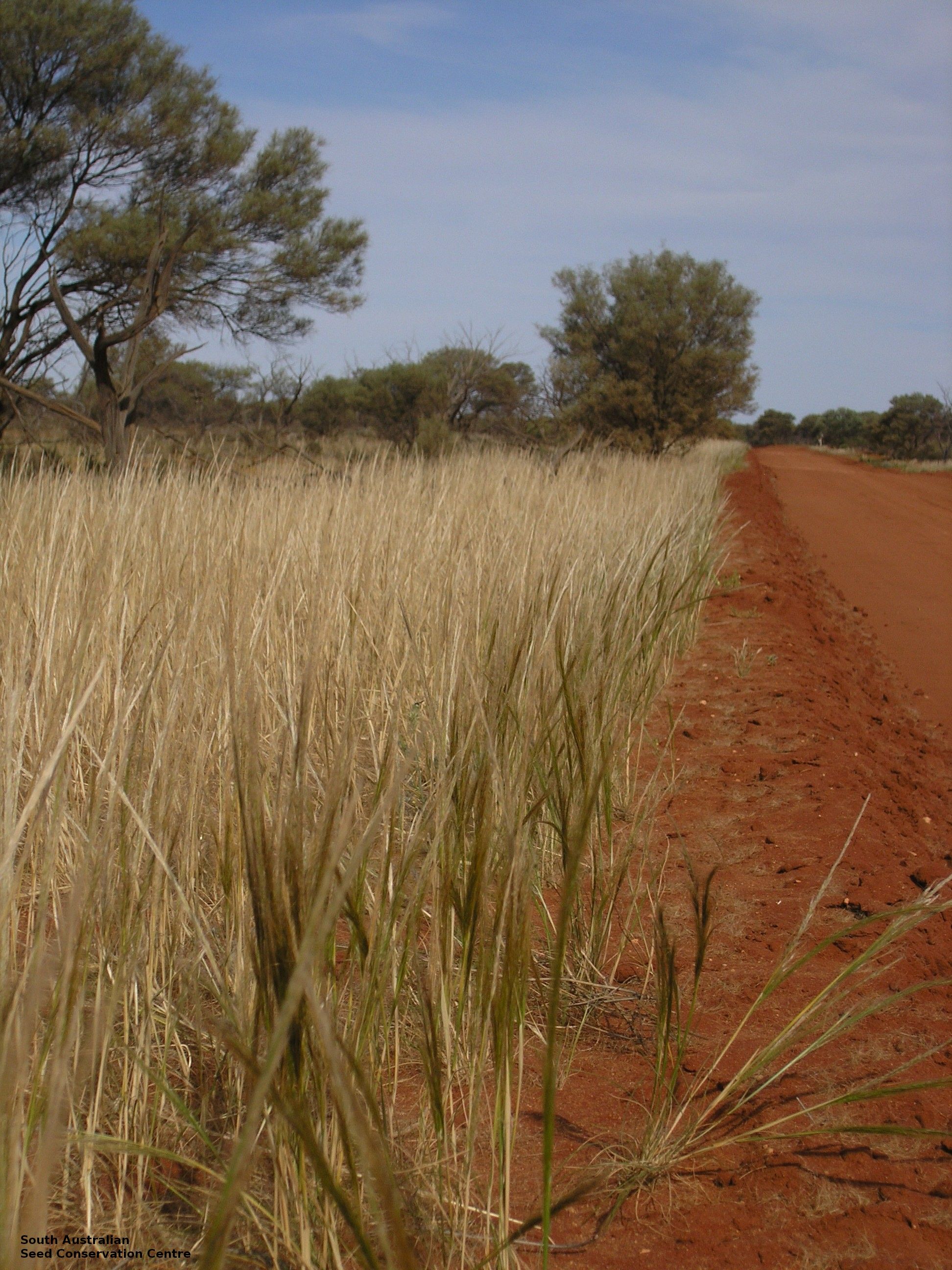
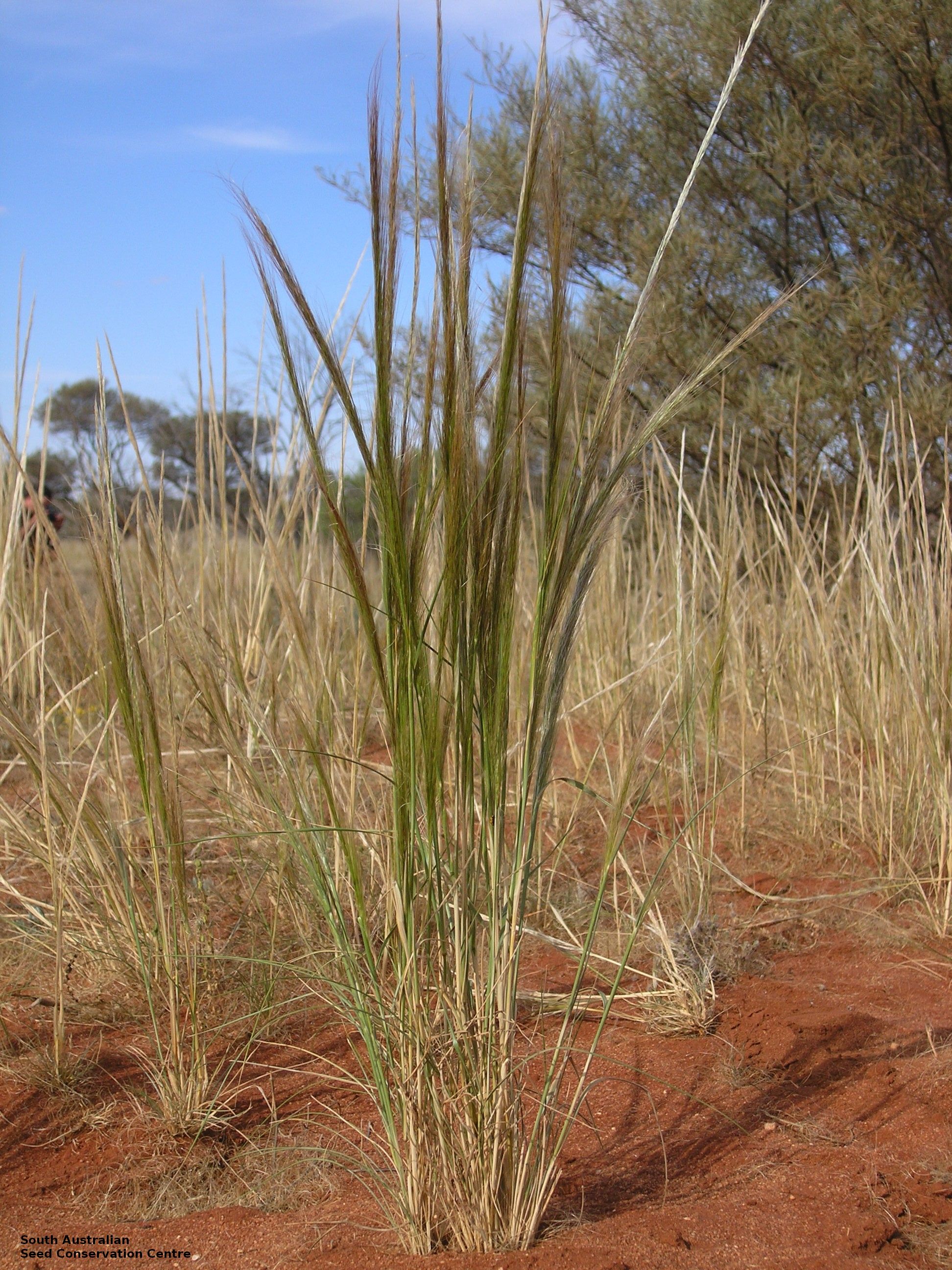
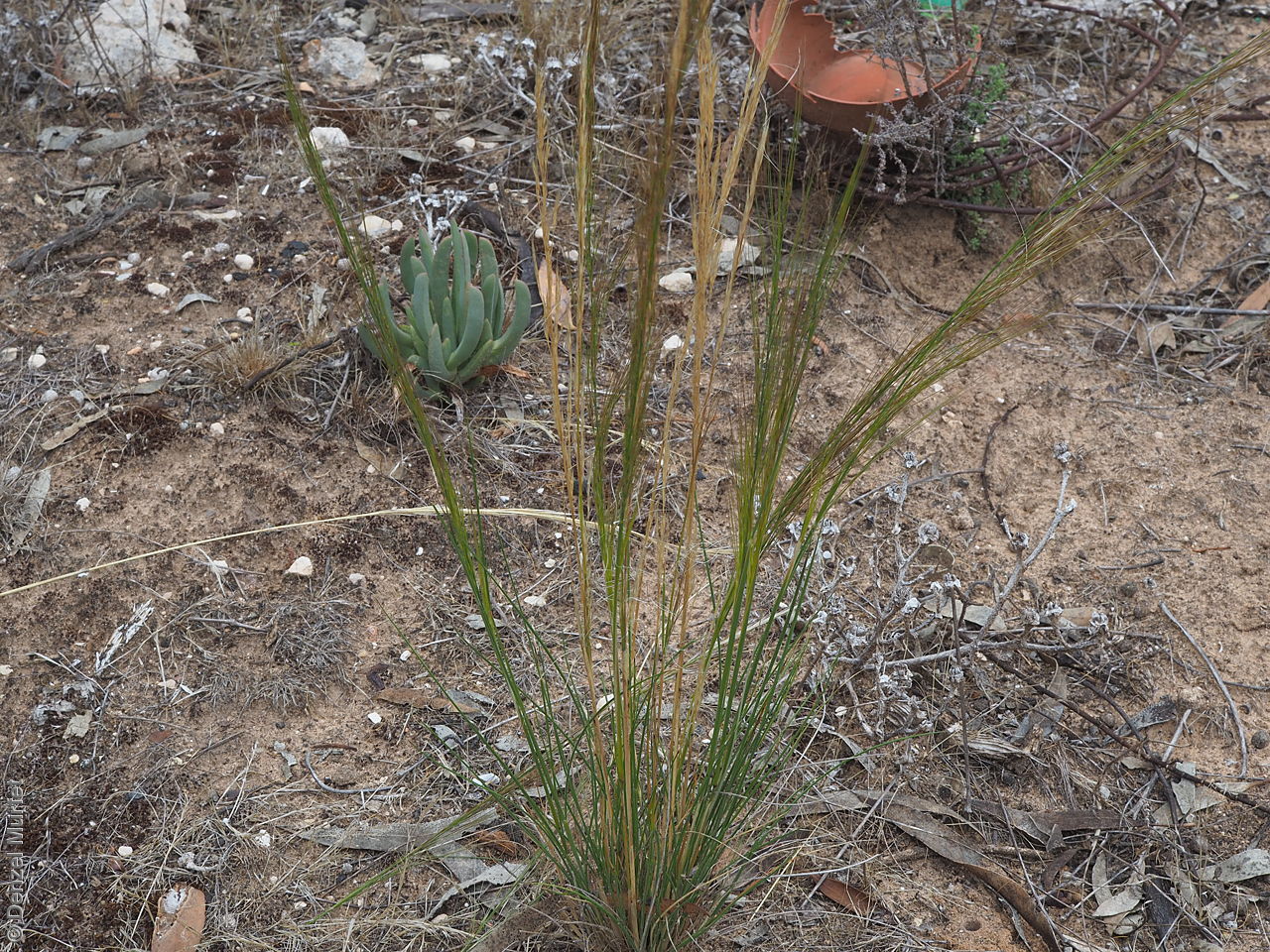
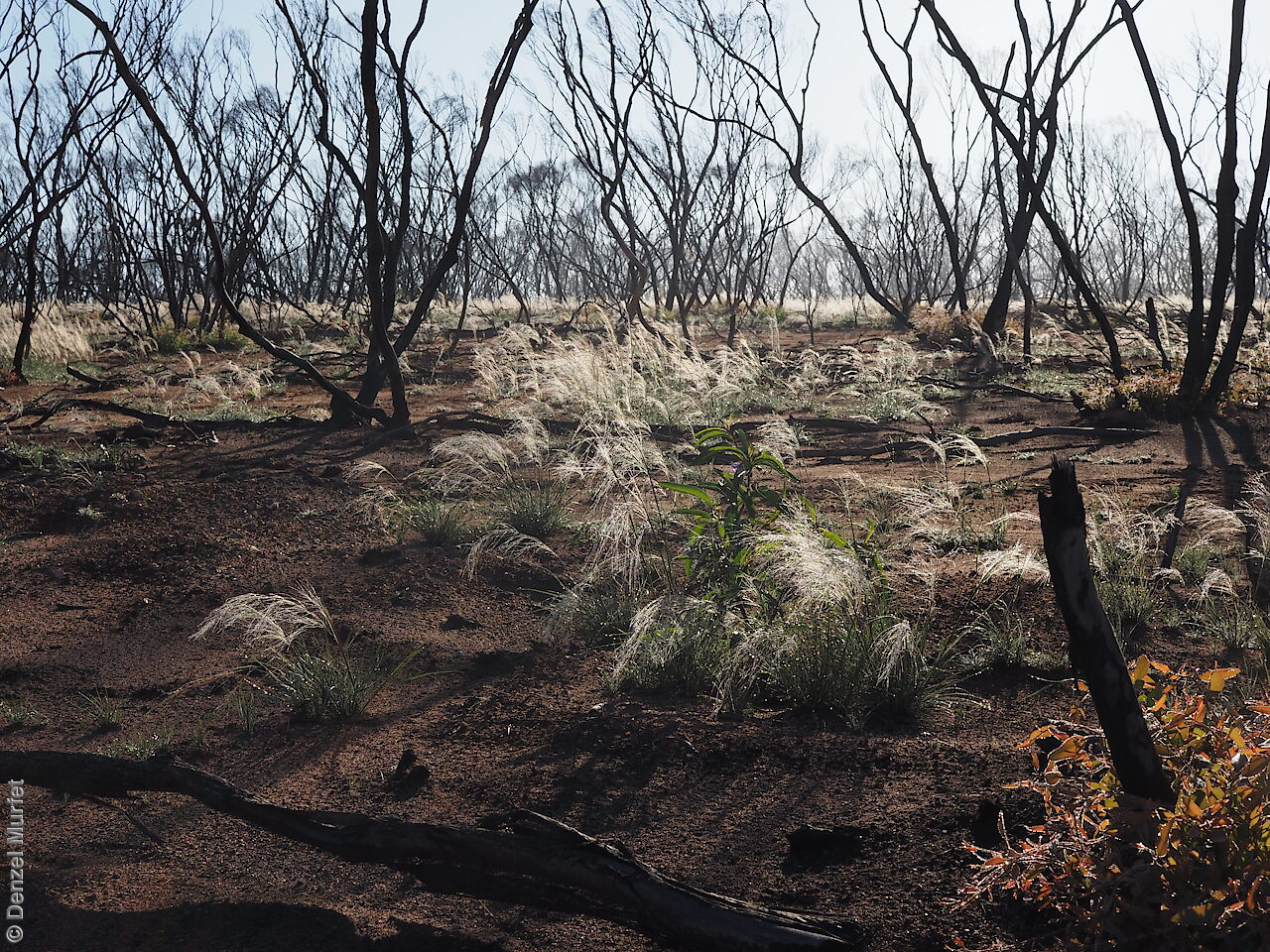
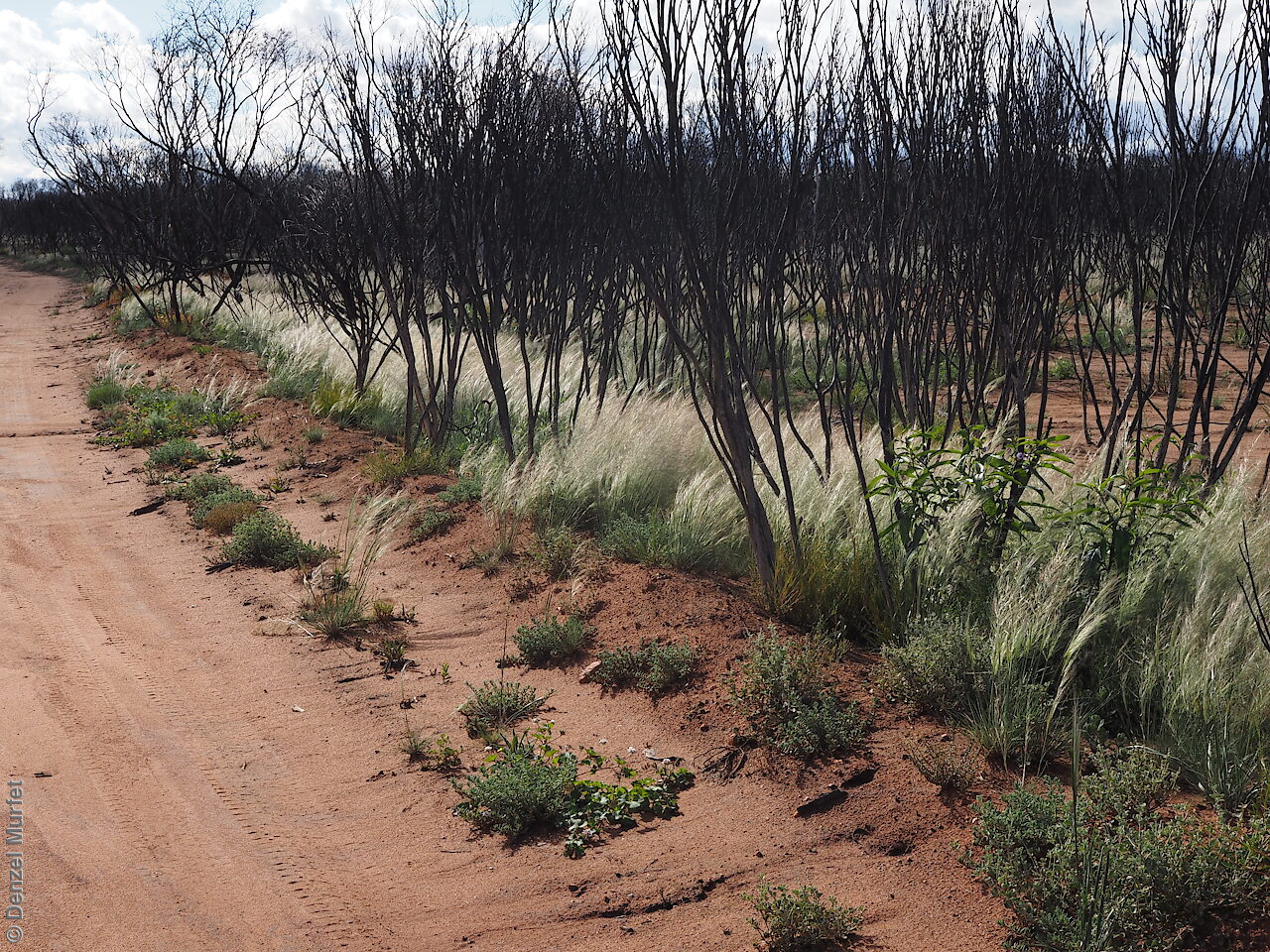
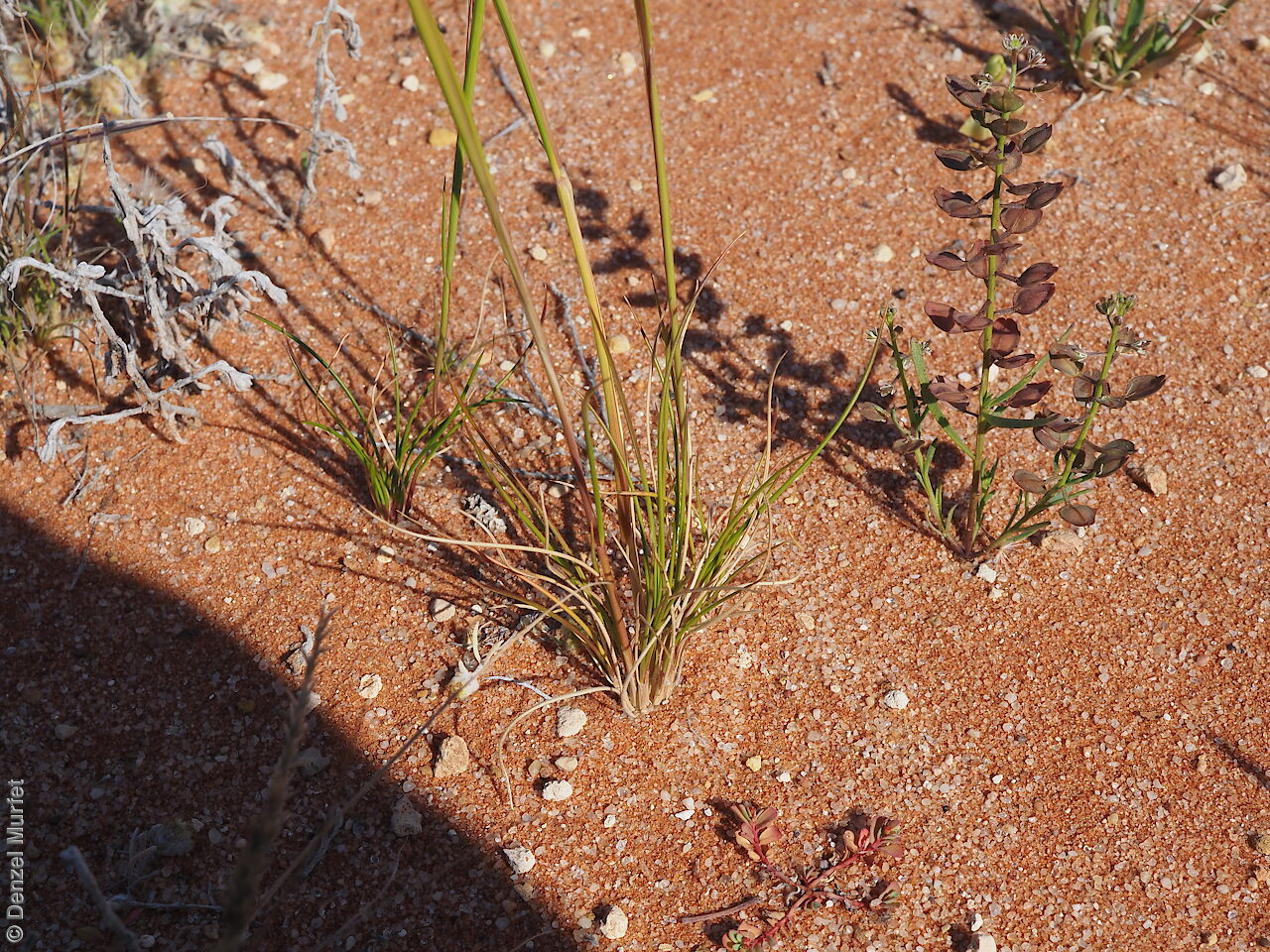
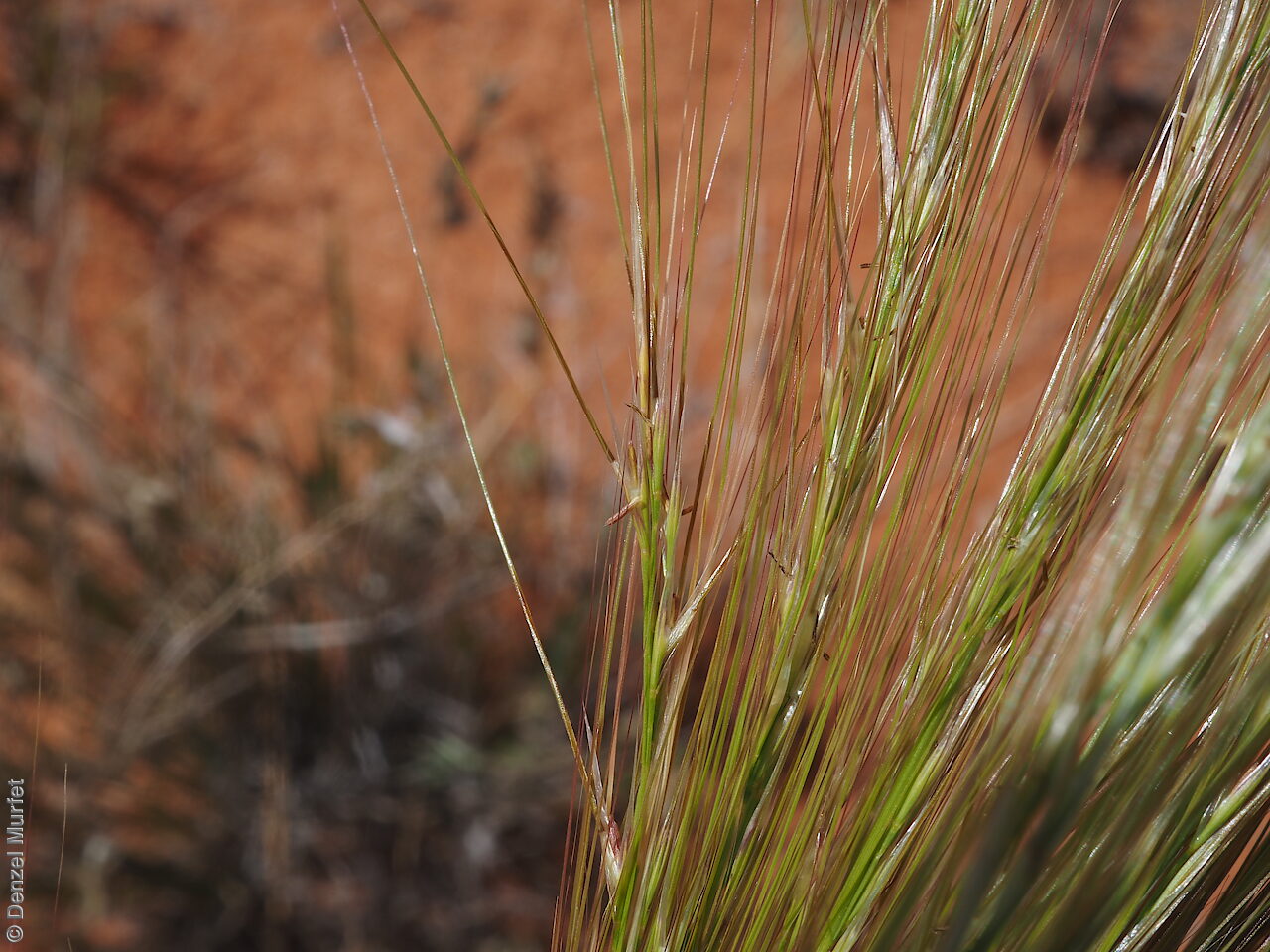
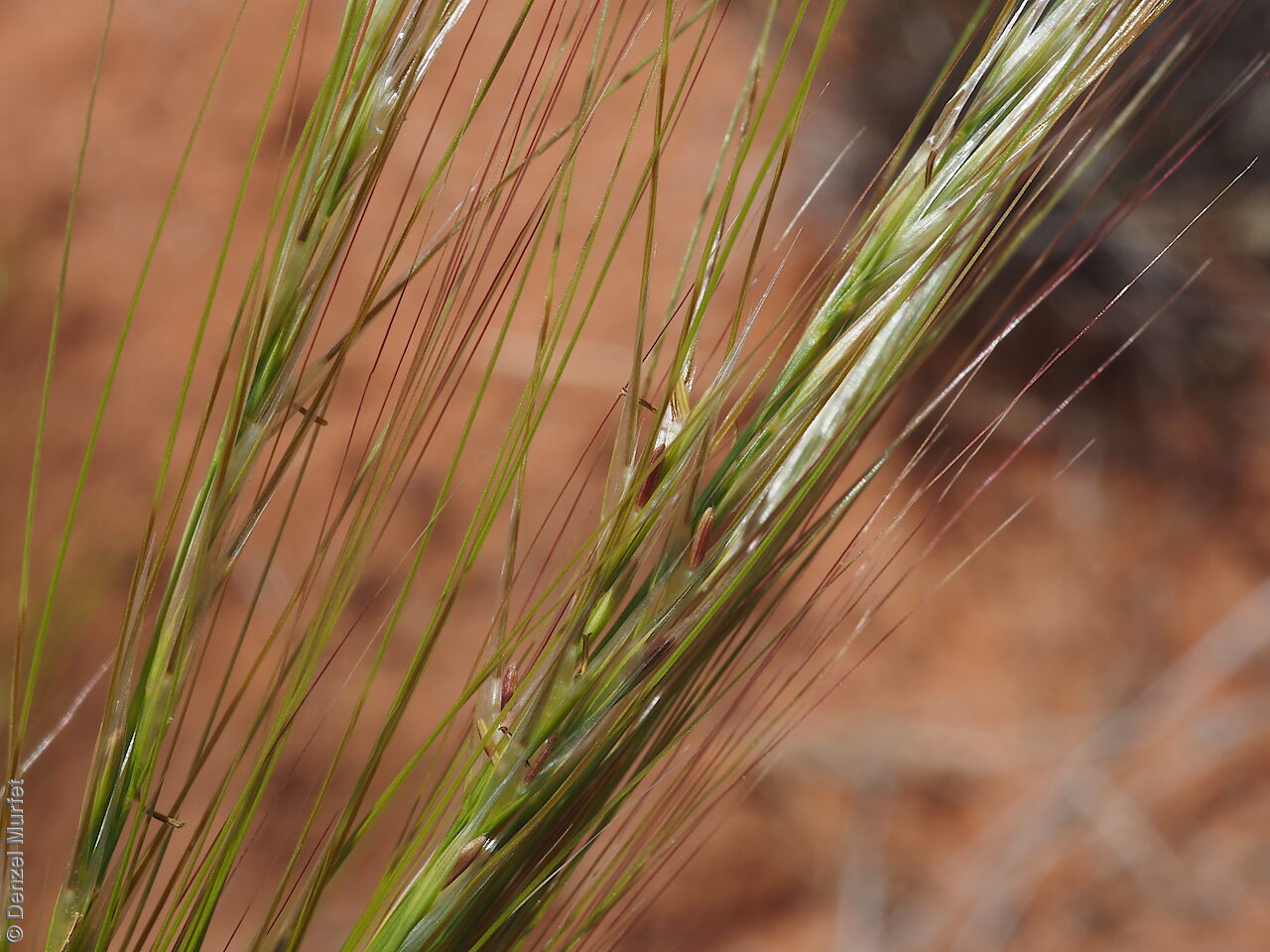
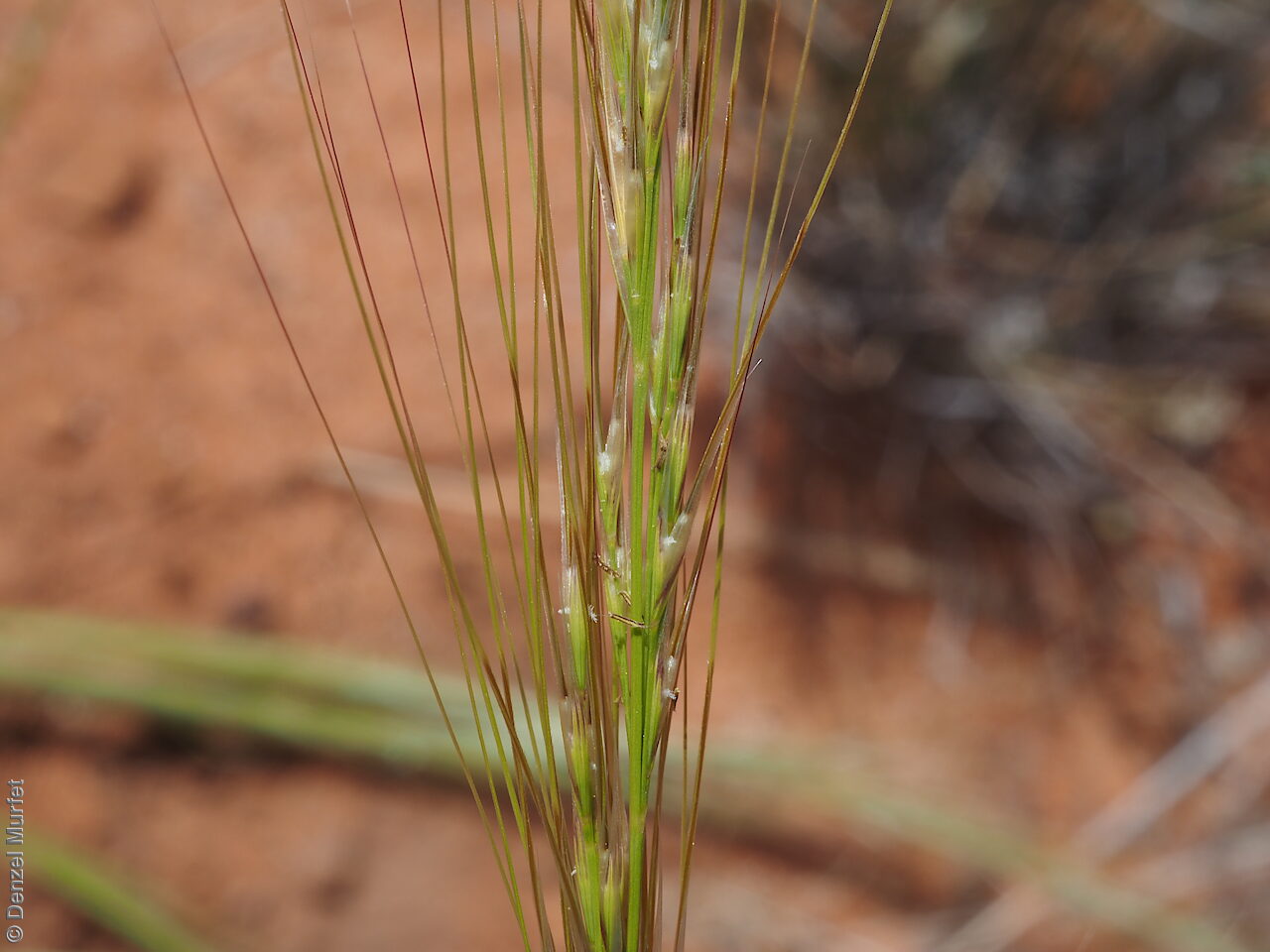
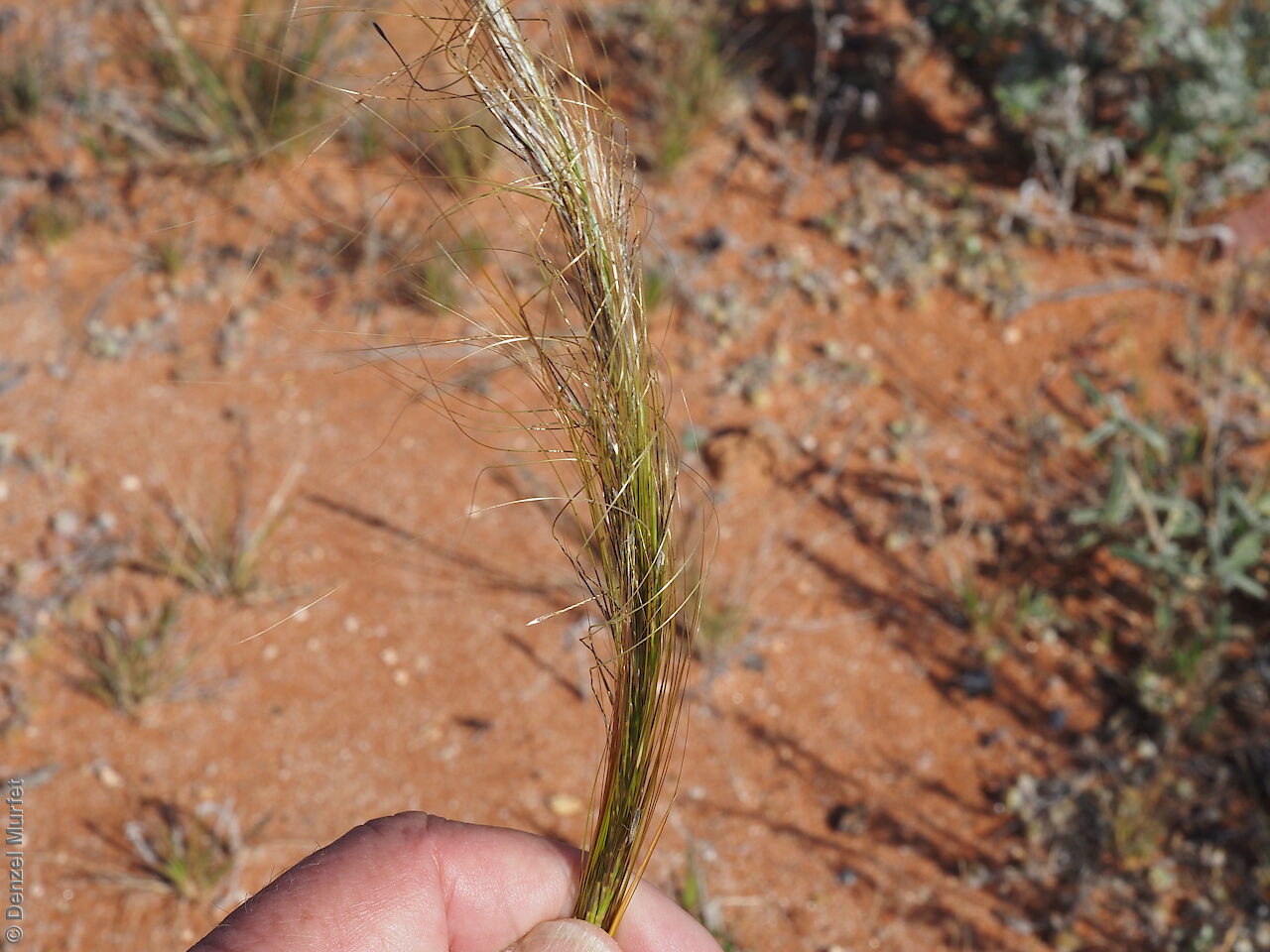
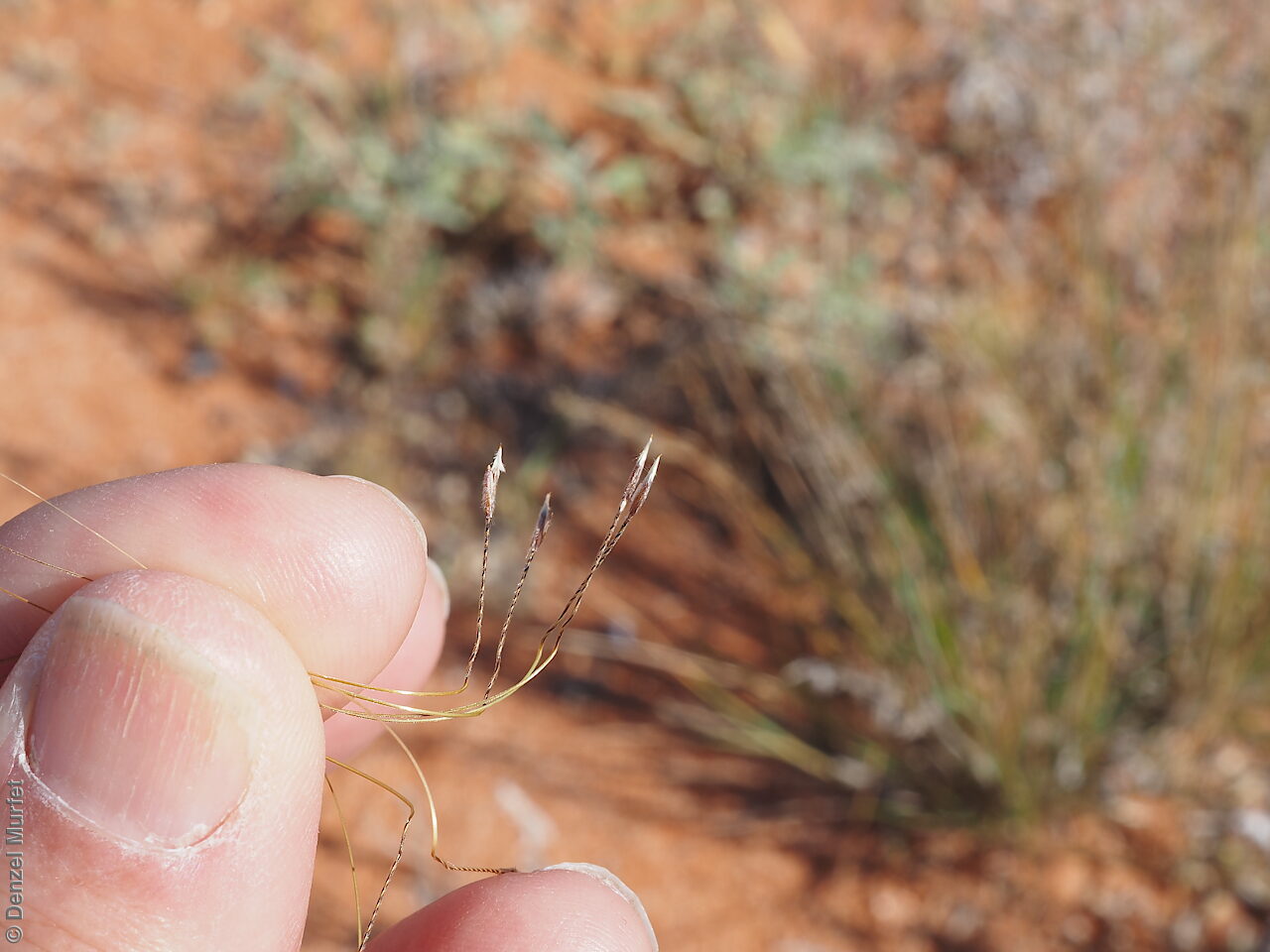
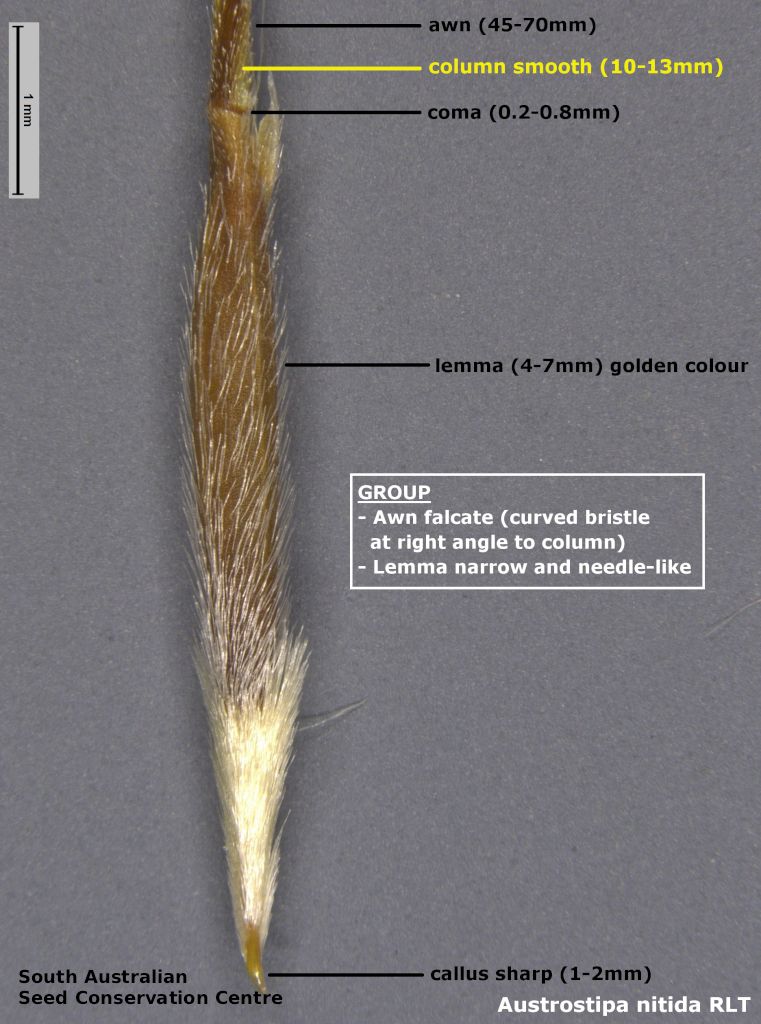
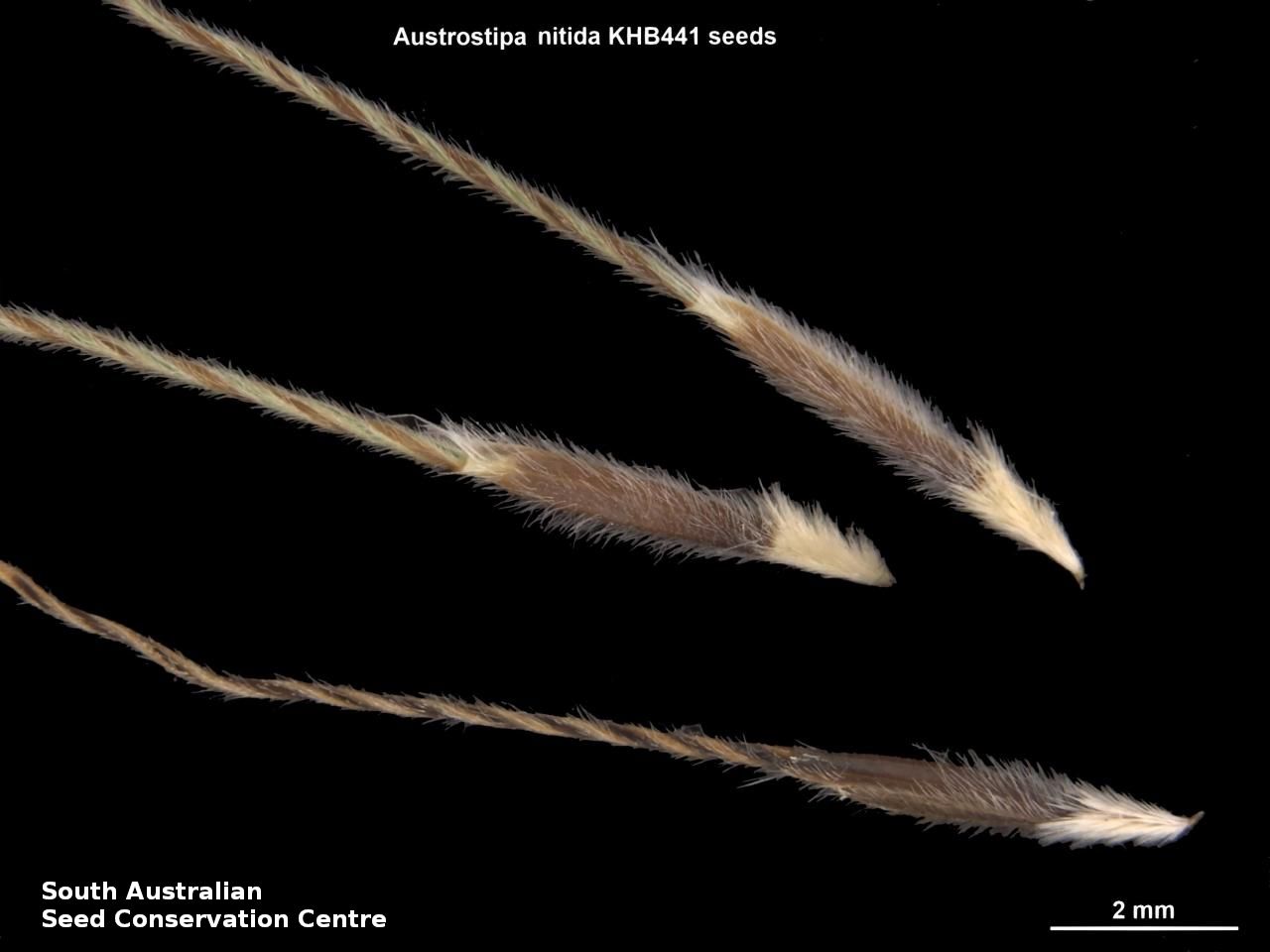
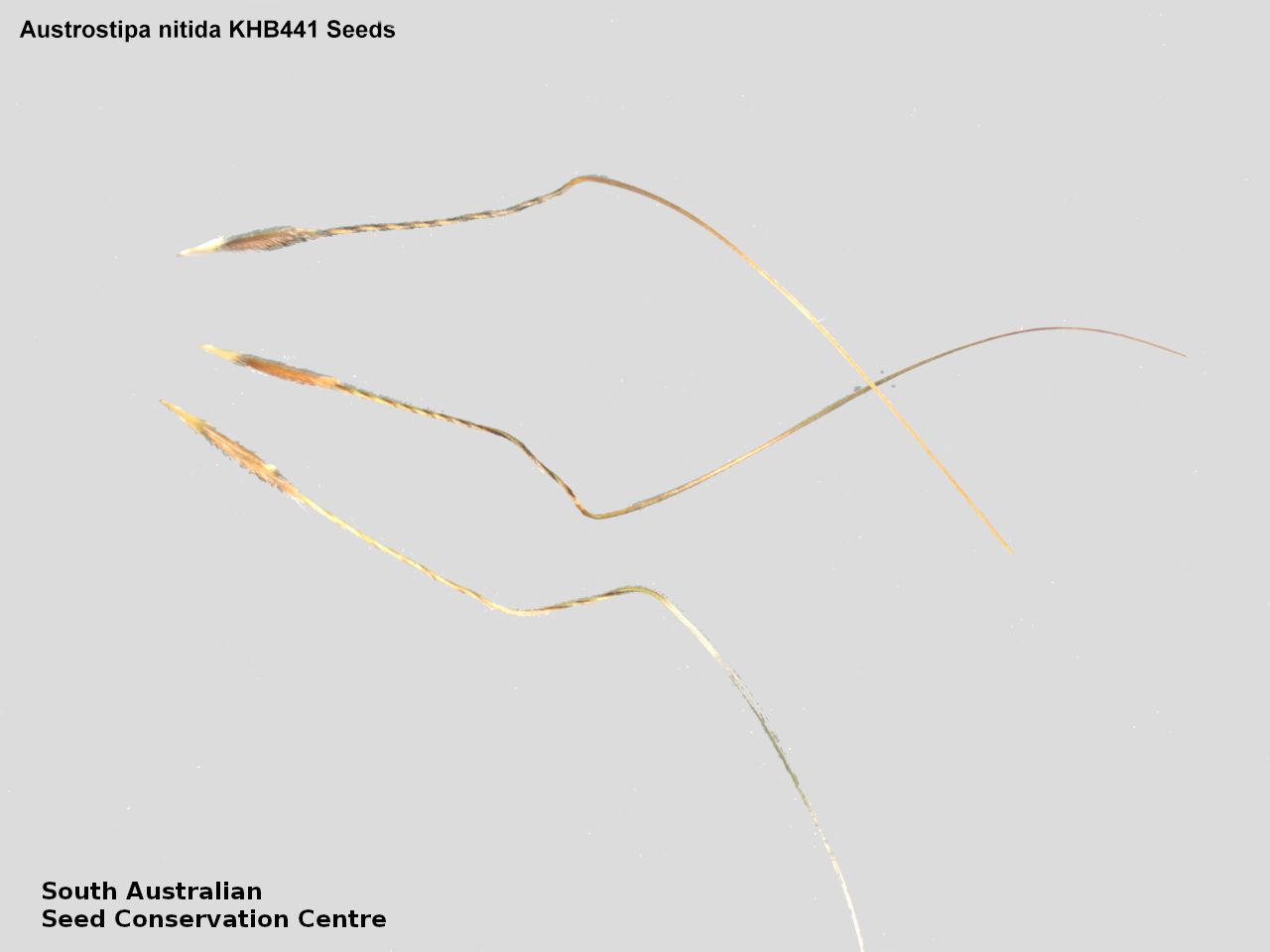
Regional Species Conservation Assessments per IBRA subregion.

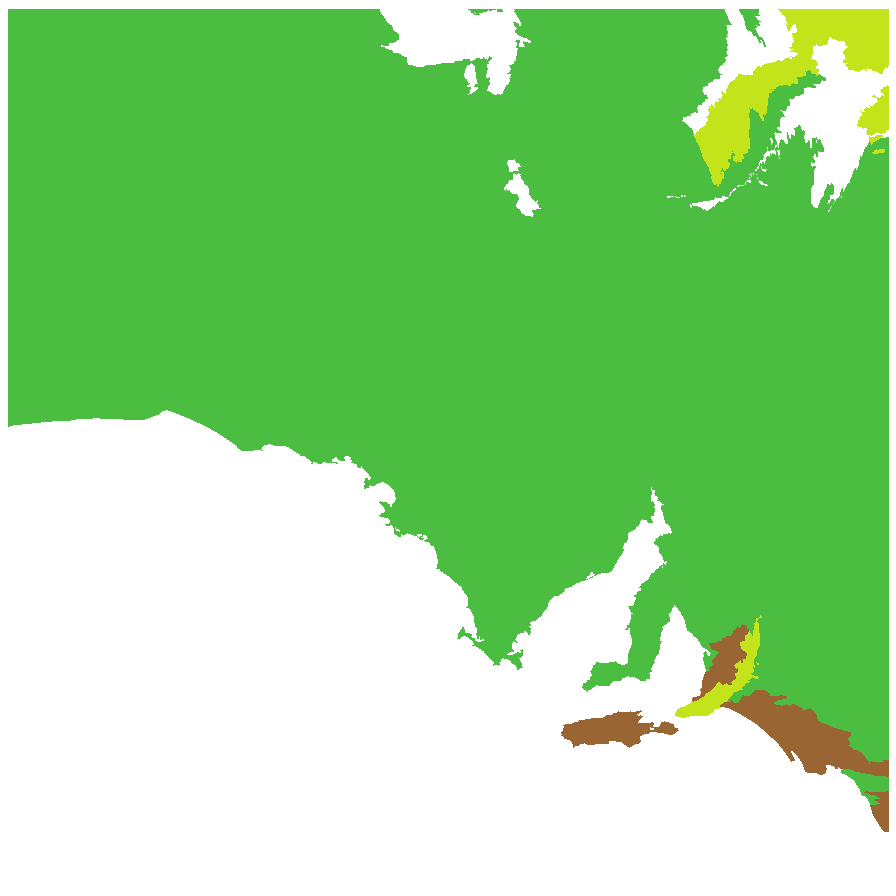
Least concern
Near threatened
Rare
Vulnerable
Endangered
Critically endangered
Extinct
Data deficient
Adelaide
Arkaroola
Ceduna
Coober Pedy
Hawker
Innamincka
Marla
Marree
Mount Gambier
Oodnadatta
Renmark
Wudinna
Keith
Yunta
Display IBRA region text
| Tintinara (NCP04) | Naracoorte Coastal Plain | Rare (IUCN: RA d(i,ii)) [edge of range] |
| Kangaroo Island (KAN01) | Kanmantoo | Rare (IUCN: RA d(i,ii)) [comes up on roadsides; can be confused with A nodosa] |
| Fleurieu (KAN02) | | Near Threatened [edge of range; comes up on roadsides; can be confused with A nodosa] |
| Mount Lofty Ranges (FLB01) | Flinders Lofty Block | Rare (IUCN: RA d(ii)) [comes up on roadsides; can be confused with A nodosa] |
| Broughton (FLB02) | | Least Concern |
| Olary Spur (FLB03) | | Least Concern |
| Southern Flinders (FLB04) | | Least Concern |
| Northern Flinders (FLB05) | | Least Concern |
| Central Flinders (FLB06) | | Least Concern |
| Southern Yorke (EYB01) | Eyre Yorke Block | Least Concern |
| St Vincent (EYB02) | | Least Concern |
| Eyre Hills (EYB03) | | Least Concern |
| Talia (EYB04) | | Least Concern |
| Eyre Mallee (EYB05) | | Least Concern |
| South Olary Plain (MDD01) | Murray Darling Depression | Least Concern |
| Murray Mallee (MDD02) | | Least Concern |
| Murray Lakes and Coorong (MDD03) | | Rare (IUCN: RA d(ii)) (Probable Decline) [edge of range] |
| Lowan Mallee (MDD04) | | Least Concern |
| Wimmera (MDD05) | | Rare (IUCN: RA d(i,ii)) [edge of range] |
| Braemer (MDD07) | | Least Concern |
| Murray Scroll Belt (RIV06) | Riverina | Least Concern |
| Myall Plains (GAW01) | Gawler | Least Concern |
| Gawler Volcanics (GAW02) | | Least Concern |
| Gawler Lakes (GAW03) | | Least Concern |
| Arcoona Plateau (GAW04) | | Least Concern |
| Kingoonya (GAW05) | | Least Concern |
| Torrens (GAW06) | | Least Concern |
| Roxby (GAW07) | | Least Concern |
| Commonwealth Hill (GAW08) | | Least Concern |
| Maralinga (GVD03) | Great Victoria Desert | Least Concern |
| Kintore (GVD04) | | Least Concern |
| Tallaringa (GVD05) | | Least Concern |
| Yellabinna (GVD06) | | Least Concern |
| Carlisle (NUL01) | Nullarbor | Least Concern |
| Nullarbor Plain (NUL02) | | Least Concern |
| Yalata (NUL03) | | Least Concern |
| Hampton (HAM01) | Hampton | Least Concern |
| Barrier Range (BHC01) | Broken Hill Complex | Least Concern |
| Barrier Range Outwash (BHC04) | | Least Concern |
| Bimbowrie (BHC05) | | Least Concern |
| Curnamona (BHC06) | | Least Concern |
| Simpson Desert (SSD02) | Simpson Strzelecki Dunefields | Least Concern |
| Dieri (SSD03) | | Least Concern |
| Warriner (SSD04) | | Least Concern |
| Strzelecki Desert (SSD05) | | Least Concern |
| Breakaways (STP01) | Stony Plains | Least Concern |
| Oodnadatta (STP02) | | Least Concern |
| Murnpeowie (STP03) | | Least Concern |
| Macumba (STP05) | | Least Concern |
| Baltana (STP07) | | Least Concern |
| Sturt Stony Desert (CHC02) | Channel Country | Near Threatened |
| Mann-Musgrave Block (CER01) | Central Ranges | Least Concern |
| Watarru (CER02) | | Least Concern |
| Everard Block (CER03) | | Least Concern |
| Tieyon (FIN03) | Finke | Least Concern |
| Pedirka (FIN04) | | Least Concern |
| Tintinara (NCP04) | Naracoorte Coastal Plain | Rare (IUCN: RA d(i,ii)) [edge of range] |
| 2 of 2 subregions | Kanmantoo | Near Threatened , Rare |
| 6 of 6 subregions | Flinders Lofty Block | Least Concern , Rare |
| 5 of 5 subregions | Eyre Yorke Block | Least Concern |
| 6 of 6 subregions | Murray Darling Depression | Least Concern , Rare |
| Murray Scroll Belt (RIV06) | Riverina | Least Concern |
| 8 of 8 subregions | Gawler | Least Concern |
| 4 of 4 subregions | Great Victoria Desert | Least Concern |
| 3 of 3 subregions | Nullarbor | Least Concern |
| Hampton (HAM01) | Hampton | Least Concern |
| 4 of 4 subregions | Broken Hill Complex | Least Concern |
| 4 of 4 subregions | Simpson Strzelecki Dunefields | Least Concern |
| 5 of 7 subregions | Stony Plains | Least Concern |
| Sturt Stony Desert (CHC02) | Channel Country | Near Threatened |
| 3 of 3 subregions | Central Ranges | Least Concern |
| 2 of 2 subregions | Finke | Least Concern |
Botanical art
Kath Alcock paintings: 12
Prior names
Stipa scabra var. pallida
Stipa nitida
Common names
Balcarra Grass
Balcarra Spear-grass
Etymology
Austrostipa from the Latin 'auster' meaning south and the genus Stipa, referring to the genus being allied to Stipa but restricted to Australia. Nitida from the Latin 'niteo' meaning shining, referring to its spikelets and panicle appearing shining en masse in the sun, or the lemma having a smooth, shiny surface.
Distribution and status
Found in most parts of South Australia growing on sandy loam to clay loam in shrubland, mallee and woodland to desert and Nullarbor. Also found in all mainland states. Native. Common in South Australia. Common in the other states.
Herbarium regions: North Western, Lake Eyre, Nullarbor, Gairdner-Torrens, Flinders Ranges, Eastern, Eyre Peninsula, Northern Lofty, Murray, Yorke Peninsula, Southern Lofty, Kangaroo Island, South Eastern, Green Adelaide
NRM regions: Adelaide and Mount Lofty Ranges, Alinytjara Wilurara, Eyre Peninsula, Kangaroo Island, Northern and Yorke, South Australian Arid Lands, South Australian Murray-Darling Basin, South East
AVH map: SA distribution map (external link)
Plant description
Densely tufted perennial grass to 80 cm high, with erect unbranched culms and glabrous nodes, usually hidden by the sheaths. Leaves glabrous to shortly pubescent, with blade slightly to strongly inrolled, to 30 cm long and 2 mm wide, rather stiff; sheath rather broad and loose, often with a pale marginal stripe to 9 mm wide. Inflorescence a contracted, dense panicle to 40 cm long, the base of the panicle usually concealed by uppermost leaf-sheath; green shining glumes to 13 mm long, soon fading to straw-coloured. Flowering between July and December.
Key to this species: awn falcate (curved bristle at right angle to the column); lemma narrow and needle-like; nodes mostly concealed; leaves basal and cauline (up the stem); often inrolled to appear fine; glumes green and shinin; panicle contracted and dense. Fruits are golden colour linear-elliptic lemma 6 mm long, with a smooth surface and covered in sparse white hairs; callus sharp to 2 mm long; awn falcate to 70 mm long; finely scabrous. Seeds are yellow-brown narrow-ellipsoid grain to 2.5 mm long within the lemma. Seed embryo type is lateral.
Seed collection and propagation
Collect seeds between September and January. Use your hands to gently strip the seeds (lemma) off the mature fruiting spike, those that are turning golden colour. Mature seeds will come off easily compare to the immature seeds that remain on the spike. Alternatively, you can break off the whole fruit spike to allow some of the seeds to mature further. Place the seeds/spike in a tray and leave to dry for two weeks. No further cleaning is required if only seed collected. If seed spikes collected, use hand to strip off the mature seeds. Store the seeds with a desiccant such as dried silica beads or dry rice, in an air tight container in a cool and dry place. Viability of grass seeds could be very viable, depending on time of seed collections and seasonal conditions.
| Location | No. of seeds
(weight grams) | Number
of plants | Date
collected | Collection number
Collection location | Date
stored | % Viability | Storage
temperature | | BGA | 5,700 (6.98 g) | 50+ | 16-Jun-2010 | KHB441
Flinders Ranges | 1-Jan-2012 | 50% | -18°C |
Location: BGA — the seeds are stored at the Adelaide Botanic Gardens, MSB — the seeds are stored at the Millennium Seed Bank, Kew, England.
Number of plants: This is the number of plants from which the seeds were collected.
Collection location: The Herbarium of South Australia's region name.
% Viability: Percentage of filled healthy seeds determined by a cut test or x-ray.















